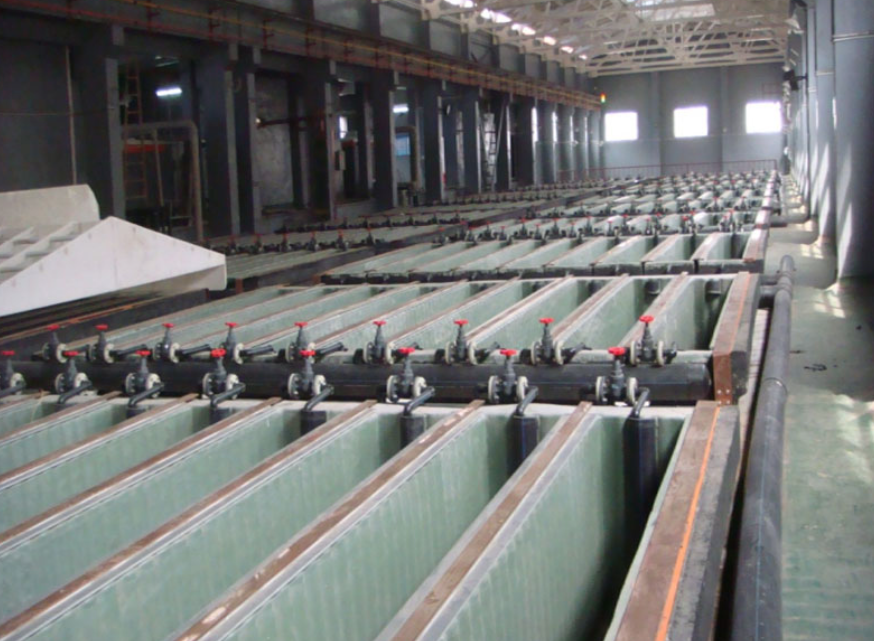NEWS&EVENTS
Home > News&Events > Company news > How to prolong the service life of electrolytic antimony equipment?
To extend the service life of electrolytic antimony equipment, it is necessary to start from maintenance, operation, materials, fault prevention and other aspects. The specific measures are as follows:

I. Regular maintenance and care
1. Cleaning and inspection: Clean the dust and debris on the surface and inside of the equipment daily, wipe the outer shell with a suitable detergent and dry it; check whether the power cord, switch and other components are intact and function normally before each use.
2. Maintenance of core components: Regularly clean the scale and crystallization of the electrolytic cell, replace the electrolyte; check the cable connection and insulation layer, maintain the power supply equipment, and clean the radiator.
3. Replacement of wearing parts: Regularly replace the filter element, belt, seal, etc., and establish a replacement record to track the service life.
II. Optimize operation management
1. Accurate control of parameters: Maintain the electrolyte Sb³⁺ concentration at 50-80g/L, the temperature is stable at 40-60℃, and reasonably set the current density (such as 200-400A/m²).
2. Standardize the operation process: first turn on the power switch, adjust the current stabilizer, then prepare the solution and the tank cleaning solution. It is strictly forbidden to operate with wet hands; the operator wears acid-proof clothing and goggles, and the workshop is equipped with emergency flushing and ventilation equipment.
III. Material selection and optimization
1. Corrosion-resistant material: Select an electrolytic cell lined with polyvinyl chloride, and the electrode uses copper sheets and other corrosion-resistant and conductive materials.
2. Diaphragm material upgrade: Use new diaphragm materials such as nano-ceramic coating to improve corrosion resistance and reduce replacement frequency.
IV. Fault prevention and handling
1. Common fault prevention: Install a real-time current monitoring system, regularly check the power supply equipment and lines; set up temperature sensors and cooling water circulation systems; select suitable electrode materials and establish replacement records; install automatic stirring devices, and regularly analyze the electrolyte concentration.
2. Quick fault handling: Check the power supply, electrode and other factors when there is no current; establish equipment files and formulate inspection and maintenance plans.
V. Storage and environmental protection
1. Storage conditions: Long-term storage equipment should be placed in a dry and ventilated place to avoid direct sunlight.
2. Environmental protection measures: Equipped with waste liquid treatment system, using environmentally friendly agents and wastewater reuse technology.
By implementing the above measures, the life of electrolytic antimony equipment can be significantly extended, operation and maintenance costs can be reduced, and production efficiency can be improved. Enterprises should formulate personalized maintenance plans based on their own equipment characteristics and process requirements, and continuously optimize operating procedures and management systems.